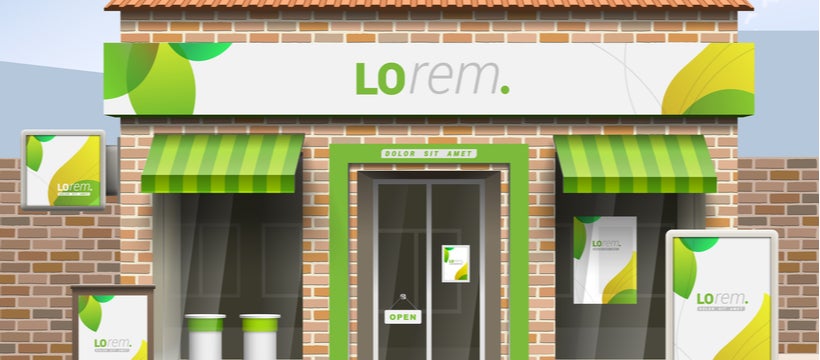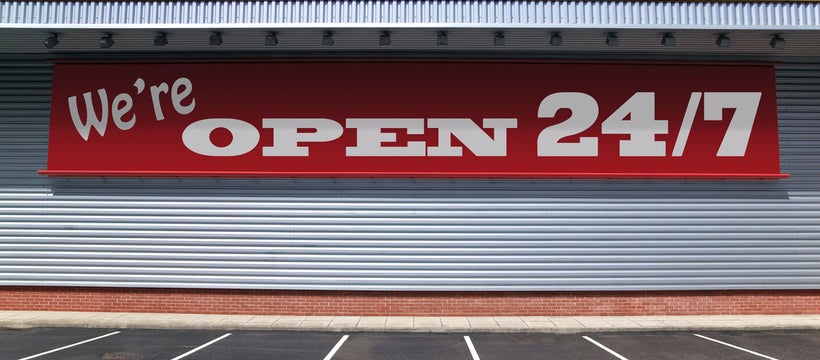Creating a safe and hazard-free work environment is crucial for any business. One of the simplest yet most effective ways to ensure safety is by using the right safety signs. These signs communicate potential dangers, provide instructions, and guide employees and visitors during emergencies. Whether you’re running a factory, a construction site, a warehouse, or an office, having the correct essential workplace safety signs help reduce accidents, maintain compliance with safety regulations, and foster a culture of awareness.
In this workplace safety signage guide, we’ll explore the 11 most important safety signs that every workplace should have, ensuring that your work environment remains secure and efficient. We’ll also provide insights into how these signs correspond to solutions available through customisable safety sign options from BannerBuzz, a trusted provider of safety compliance materials.
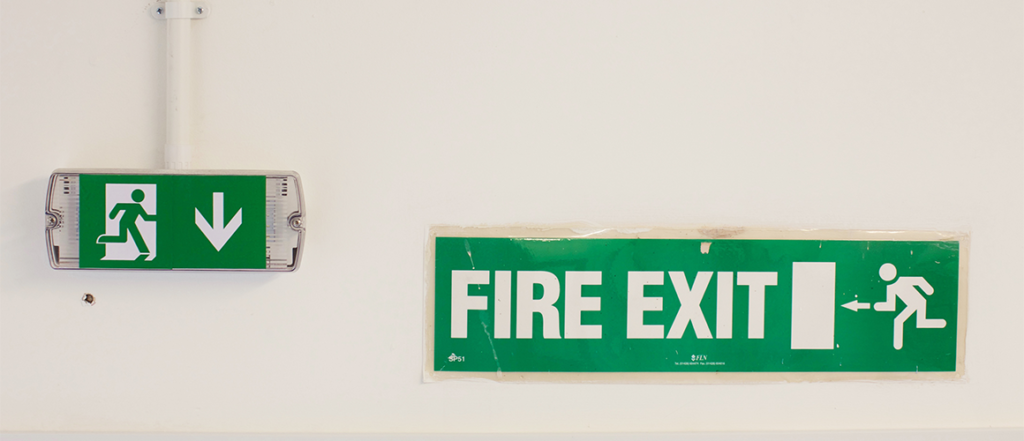
1. Prohibition Signs
Prohibition signs are vital in communicating actions that are not allowed within certain areas. These signs typically feature a red circle with a diagonal line cutting through the prohibited activity. They are often found in areas where performing certain actions could lead to dangerous or non-compliant situations.
Some common examples of prohibition signs include:
- No Smoking: Crucial in areas where fire hazards exist, such as near flammable materials or chemical storage.
- No Entry for Unauthorized Personnel: Found in restricted or sensitive areas like data centres or hazardous material storage rooms.
- No Mobile Phones: Often used in areas where the use of electronic devices could cause interference with equipment.
Prohibition signs not only help maintain safety but also ensure that everyone is aware of what’s expected of them in a particular area. These are easily customizable through prohibition compliance signs on online platforms.
2. Warning Signs
Warning signs are designed to inform employees and visitors of potential hazards that may not be immediately obvious. These signs are typically yellow with black text or symbols and play a crucial role in areas where caution is required to prevent accidents.
Examples of warning signs include:
- Slippery Surface: Found in areas prone to spills or wet floors, especially near washrooms or kitchens.
- High Voltage: Used in areas where electrical equipment or high-voltage systems are present.
- Toxic Materials: Found in chemical labs, manufacturing plants, or storage areas where hazardous substances are handled.
By prominently displaying warning signs, you can reduce the risk of accidents and keep employees alert to potential dangers. These signs are especially important in industrial and construction settings, where hazards are more common. Warning signs can be custom-made to suit the specific hazards present in your workplace.
3. Mandatory Signs
Mandatory signs provide instructions on actions that must be taken to ensure safety in the workplace. These signs are typically blue with white symbols or text and are often used to remind workers to wear protective equipment or follow safety protocols.
Examples of mandatory signs include:
- Wear Protective Equipment: These protective signs for workplace safety are commonly used in construction or manufacturing areas where hard hats, gloves, or protective eyewear are required.
- Hearing Protection Must Be Worn: Found in areas with high noise levels, such as machine rooms or workshops.
- Handwashing Required: Often seen in healthcare settings or food preparation areas.
Mandatory signs ensure that employees follow safety protocols consistently, helping to prevent accidents and injuries. Customisable mandatory signs can be easily ordered to fit the exact needs of your business.
4. Emergency Information Signs
Emergency information signs are essential for guiding employees and visitors to safety during an emergency. These signs are usually green and white, providing information about exits, first aid, or emergency assembly points.
Common examples include:
- Emergency Exit: Critical in ensuring that people know the safest and quickest route out of the building during an emergency.
- First Aid Station: Indicates the location of first aid kits or medical equipment.
- Emergency Assembly Point: Directs people to a safe area where they should gather in case of an evacuation.
These signs are crucial in high-traffic areas or large facilities where a clear path to safety is necessary. Emergency information signs can be customized for different exit routes or first aid locations.
5. Fire Safety Signs
Fire safety signs are vital for ensuring that employees know where to find fire-fighting equipment and what to do in case of a fire. These signs are often red and white, designed to stand out and guide people to fire extinguishers, alarms, or fire exits.
Examples of fire safety signs include:
- Fire Extinguisher: Indicates the location of the nearest fire extinguisher.
- Fire Hose Reel: Shows where fire hose reels are located in case of a large fire.
- Fire Exit: Guides people to the nearest exit in case of a fire emergency.
Fire safety signs are an integral part of any workplace’s emergency preparedness plan. Custom fire safety signs can be ordered to match specific fire regulations and safety protocols.
6. Hazardous Material Signs
In environments where hazardous materials are present, it’s crucial to clearly label areas and containers that store dangerous substances. Know how to choose workplace safety signs prevent accidents that ensure that everyone handling or coming into contact with these materials does so with caution.
Examples include:
- Flammable: Indicates the presence of flammable liquids or gases.
- Corrosive: Alerts employees to substances that can cause chemical burns or other harm upon contact.
- Explosive: Found in areas where explosive materials are stored or handled.
By using hazardous material signs, you reduce the risk of exposure and accidents related to dangerous substances. BannerBuzz offers a range of hazard and precaution compliance signs to help businesses maintain safe handling and storage protocols.
7. Machinery Safety Signs
Heavy machinery poses a serious risk if not handled correctly. Machinery safety signs are critical for informing workers about the dangers associated with specific equipment and the precautions they need to take.
Common signs include:
- Keep Hands Clear: A warning to avoid placing hands near moving parts of machinery.
- Do Not Operate Without Guards: Ensures that safety guards are in place before operating the machine.
- Crush Hazard: Warns of areas where a person or body part could be trapped or crushed by machinery.
Machinery safety signs are essential for preventing injuries such as cuts, entanglement, or crushing. These can be customised based on the specific machinery and hazards present in your workplace.
8. Biohazard Signs
Biohazard signs are necessary in environments like laboratories, medical facilities, or waste management areas where biological hazards such as pathogens or infectious waste are present.
Examples include:
- Biohazard: Indicates the presence of biological materials that pose a risk to human health.
- Infectious Waste: Used in healthcare settings to label waste that could contain infectious substances.
Biohazard signs help protect employees and visitors from potential exposure to harmful biological agents. These signs are crucial for maintaining health and safety standards in industries dealing with medical waste or laboratory research.
9. Exit and Directional Signs
Clear directional and exit signs are necessary for guiding employees and visitors through the building, especially during emergencies. These signs should be placed in visible locations to help people navigate safely.
Examples include:
- Exit: Indicates the nearest exit point.
- Evacuation Route: Guides people along a designated evacuation path in case of an emergency.
Exit and directional signs are critical in ensuring smooth evacuations during fire drills, earthquakes, or other emergencies. Customisable exit signs from online platforms can be designed to fit your building layout and safety needs.
10. First Aid Signs
First aid signs and best safety signs for workplace safety indicate where medical help or equipment can be found in the workplace. These signs are especially important in large facilities where immediate access to first aid could be lifesaving.
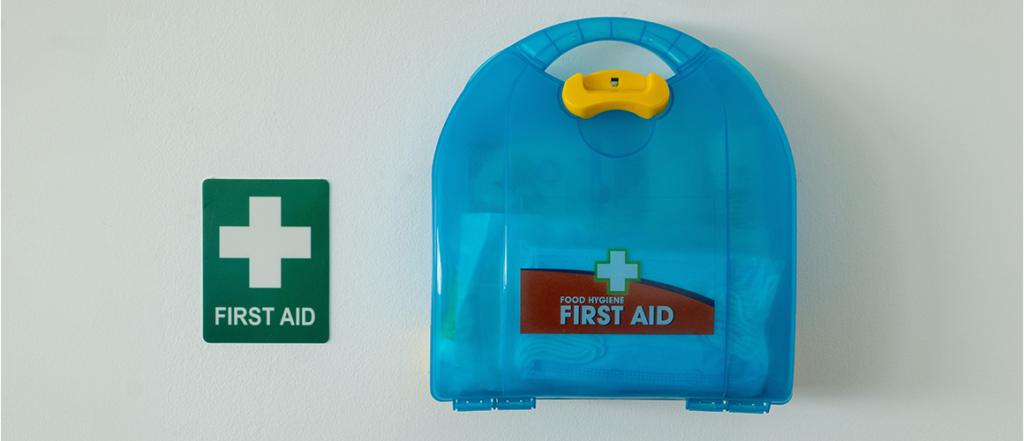
Examples include:
- First Aid Kit: Indicates the location of first aid supplies.
- Defibrillator (AED): Shows where the AED machine is for emergencies involving cardiac arrest.
First aid signs should be clear and easy to spot, ensuring that help is always close at hand in case of an injury.
11. Electrical Safety Signs
In workplaces where electrical systems are present, electrical safety signs are essential to warn employees of potential hazards such as high voltage or electrical shocks.
Common signs include:
- High Voltage: Warns of areas where high-voltage equipment is present.
- Danger: Electrical Hazard: Alerts workers to the risk of electrical shock in specific areas.
- Do Not Enter: Prevents unauthorized personnel from entering electrical rooms or areas with dangerous wiring.
Electrical safety signs are crucial in preventing electrocution or electrical fires, especially in industries where high-voltage equipment is used.
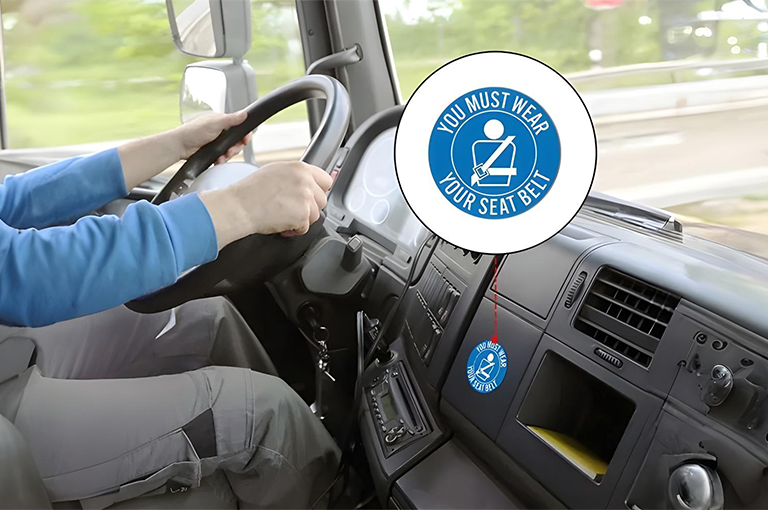
Concluding Words
The importance of safety signage in the workplace cannot be overstated. By displaying clear, customized signs, businesses not only protect their employees and visitors but also ensure compliance with safety regulations. From prohibition and warning signs to fire safety and biohazard notices, each type of safety signs for workplaces and other locations plays a specific role in maintaining a secure work environment. With platforms like BannerBuzz offering customizable, durable safety signs, you can easily equip your workplace with the right signage to meet all your safety needs.
Regularly reviewing and updating your workplace safety signs is key to staying compliant and ensuring a safe environment for everyone. Ready to upgrade your signage? Explore custom safety signs today.
Written by BannerBuzz Editorial Team.




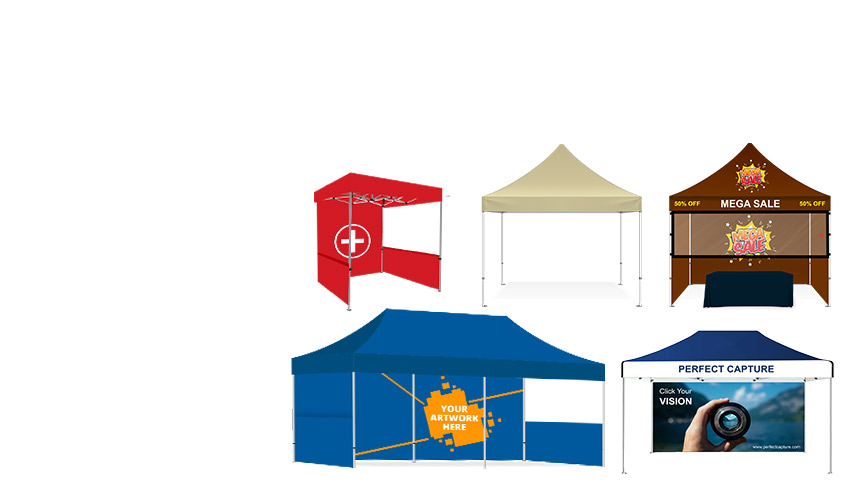
























 Posted in
Posted in 


